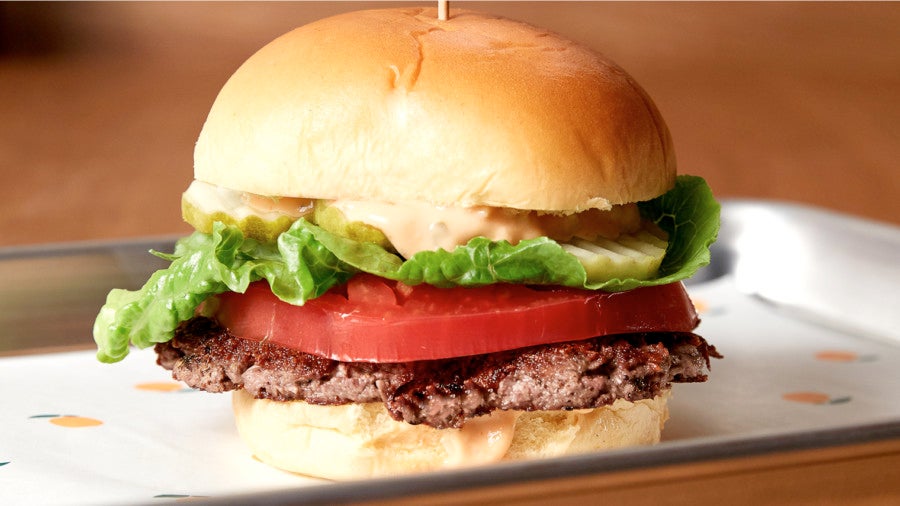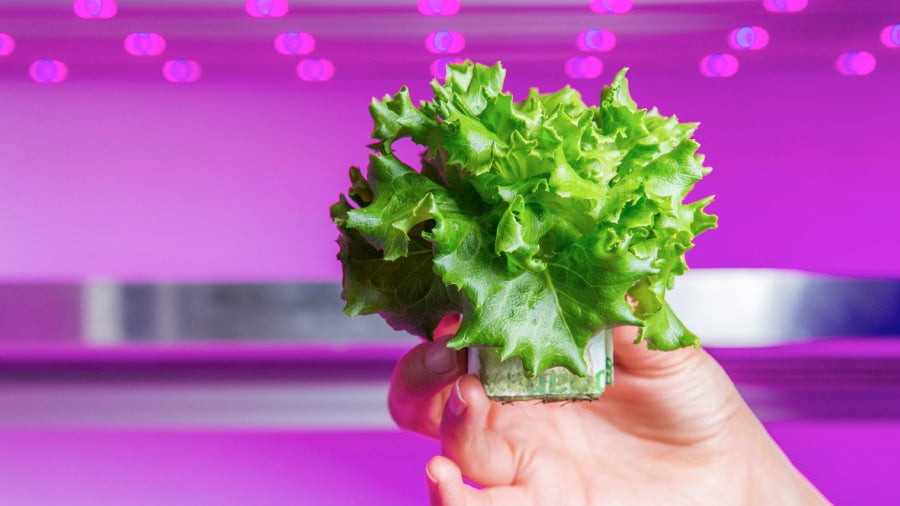As the world population grows and becomes more affluent, and as consumers become more fickle, the food and beverage industry is facing new challenges. The response is a slew of innovations, from fish protein grown in the lab to smartphone apps that can tackle the global scourge of food waste.
According to the United Nations, world population growth is currently running at 83 million people a year - meaning there will be more a billion more people to feed in just 13 years.
Steve Pinder, managing director at Kurt Salmon, part of Accenture Strategy, said: “Applying technology to production efficiency can help immensely.”
“The use of digital solutions and advanced data analytics improves yields, cuts costs and increases crop resilience. Precision agriculture uses digital solutions to improve monitoring and optimise inputs, boosting profitability. Drones and robotics can further reduce labour and energy intensity with remote and automated crop monitoring.”
A number of tech startups are expanding the food base by creating it in the lab, engineering artificially-created meat protein to taste like the real thing. California-based Impossible Foods, which is developing plant-based “meat” that it says has the “craveable depth of beef” but with needing just 5% of the land - raised $75 million over the summer from investors including Bill Gates and Singapore’s Temasek.

Where’s the beef? A meat-free Impossible Burger
However, Daniela Walker, insight editor at London-based futures consultancy The Future Laboratory, says growing cells of land animals is energy intensive because they need to be cultured at high temperatures. She believes a solution could lie in lab-cultured fish, currently being pioneered by US biotech company Finless Foods.
“Unlike meat, fish, being cold-blooded, can be cultured at room temperature,” she says. “The structure of a fish fillet is also much simpler than beef. Finless Foods are aiming to be in market in two years. With 80 per cent of the fisheries in the world in peril, this could also be big news for the fish market.”
Other innovators are developing more traditional plant-based proteins. Aylesbury-based Huel, for example, mixes protein from sources that include brown rice, oats, flaxseed and peas to produce a “nutritionally complete powdered food” that, it says, could replace all other foodstuffs in someone’s diet.
The drive to reduce usage of conventional meat is because it uses so much space - beef production requires 20 times more land per unit of edible protein than common plant-based protein sources such as beans, peas and lentils. Rapidly growing urban populations, and shrinking availability of agricultural land have left farmers struggling to meet demand.
Producing more food is no good, however, if it is wasted
One innovative solution would be vertical urban farming. Here companies take over brownfield sites in cities and towns, and grow crops vertically, all indoors, without sunlight. The lighting division of Dutch industrial giant Philips, for example, has dedicated an entire portfolio of its business to making energy-efficient LED lights that can replicate sunlight and allow these indoor farms to produce a higher yield of crops than traditional farms - and do it all year round.

Green revolution: this perfect lettuce has never seen sunlight
Producing more food is no good, however, if it is wasted. The United Nations Food and Agriculture Organisation currently estimates about a third of the food produced for humans is never eaten, with every step of the food journey from harvesting through transport, processing, retail and home storage creating waste.
Pinder of consultant Kurt Salmon says technology can help, but “truly moving the needle involves educating consumers on everything from eating ‘ugly fruit’ to better utilising ‘use by’ dates.”
“As more food producers deploy circular, sustainable business models, such as food sharing platforms and upcycling, innovation in food waste will continue to improve efficiency.”
Local initiatives can play a part. At Brighton-based bakers Bagelman waste is being turned into profits. The growing bagel bakery business converts leftover bagels into a craft beer. They have started working with other local food waste charities to divert more would-be waste into brewing.
Another initiative that could reduce waste at the local level is Snaxchange, an app that connects those in need with those with food to spare that would otherwise be destined for the dustbin. It uses a simple exchange platform where people with a food surplus can list unwanted items and set a fair price. Users with small budgets, or who only need a small top up on food items can browse the site for nearby sellers to find what they need for a fraction of the cost of buying from a supermarket.
Food-tech startups are often better able to respond to changing demands
There has been much debate on whether smart packaging can reduce waste, for instance by helping consumers identify food that is nearing its ‘use by’ date. However Walker of The Future Laboratory says “There’s been a lot of discussion about smart packaging but I’m not so sure it is developed to a stage where consumers find it necessary.
“There are a lot of QR codes providing information, which is great in terms of transparency but not in terms of sustainability.”
As in many areas of business change, the small, nimble food tech start-up is better able to respond to burgeoning consumer trends than the larger companies with deeper pockets to invest in product development.
Trefor Griffith, head of food and beverage at Grant Thornton UK, says the UK has a long-established global reputation for innovation in the food and beverage sector, citing Nakd, Trek, Urban Fruit, and Sipsmith gin as innovators that have been snapped up by foreign firms wanting to add innovation to their portfolio.
He adds: “A growing number of food and beverage giants, such as Diageo, Unilever and Nestle, are also setting up their own investment arms or forming strategic alliances with other investment vehicles, specifically to invest in innovative start-up entities with a reduced risk methodology.”



